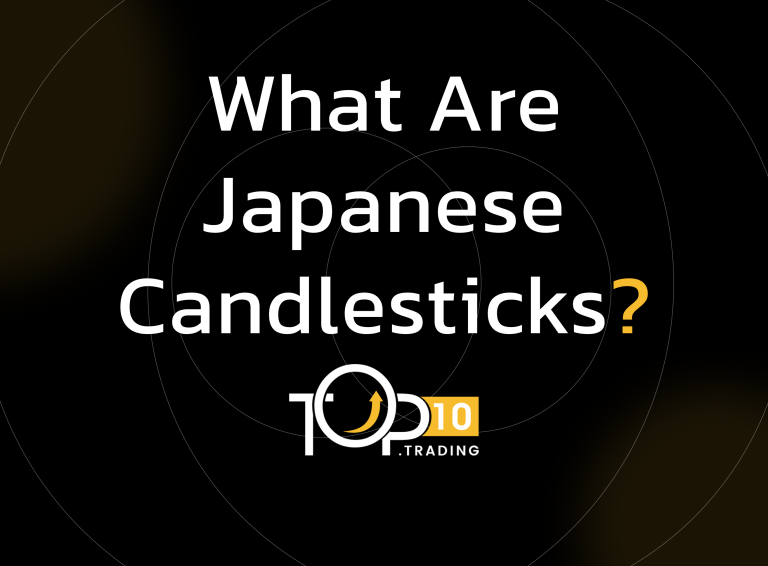Japanese Candlesticks Definition

Japanese candlesticks are a technical analysis tool used to chart and analyze price movements in financial markets, including stocks, forex, and commodities. Each candlestick provides a visual representation of price action during a specific time period, showing the opening, closing, high, and low prices. Developed in the 18th century by Japanese rice trader Munehisa Homma, candlestick charts are now widely used to identify market trends, sentiment, and potential reversals.
Key Takeaways
- Japanese candlesticks are widely used in technical analysis to visualize price action during specific timeframes.
- They consist of a body (open-close range) and shadows (high-low range), with color indicating bullish or bearish sentiment.
- Traders use candlestick patterns to identify trends, reversals, and market indecision.
- Developed in Japan in the 18th century, they are now an essential tool for analyzing financial markets worldwide.
Structure of a Japanese Candlestick
- 1. Body: The rectangular area between the opening and closing prices.
- A green (or white) body indicates a bullish candle (price closed higher than it opened).
- A red (or black) body indicates a bearish candle (price closed lower than it opened).
- 2. Shadows (Wicks): Thin lines above and below the body that show the highest and lowest prices during the time period.
- Upper shadow: Represents the high price.
- Lower shadow: Represents the low price.
How Japanese Candlesticks Work
- Each candlestick reflects price dynamics within a chosen timeframe (e.g., 1 hour, 4 hours, 1 day).
- Multiple candlesticks plotted together form patterns that traders use to predict future price movements.
- Focus on Real Gains: Investors focused on preserving capital or generating positive cash flow often prioritize absolute returns over relative returns.
-
Candlestick colors and shapes indicate market sentiment:
Green candles show bullish momentum (buyers dominate).
Red candles show bearish momentum (sellers dominate).
Common Candlestick Patterns
- Japanese candlesticks are often grouped into patterns that signal potential market behavior:
- 1. Reversal Patterns: Indicate possible trend changes.
- Bullish Engulfing: A large bullish candle fully engulfs the previous bearish candle
- Hammer: A small body with a long lower shadow signals potential upward reversal.
- 2. Continuation Patterns: Suggest the current trend will continue.
- Doji: A small body with almost equal open and close prices shows indecision.
- Three White Soldiers: Three consecutive bullish candles indicate strong upward momentum.
Advantages of Japanese Candlesticks
- Comprehensive Information: Each candlestick shows open, close, high, and low prices—more detailed than line charts.
- Visual Representation: Easy to interpret market sentiment and trends at a glance.
- Effective for Technical Analysis: Patterns help predict price movements with reliability.
Historical Context
- Invented by Munehisa Homma in the 18th century to track rice market prices based on supply, demand, and trader emotions.
- Introduced to Western markets by Steve Nison in his 1991 book Japanese Candlestick Charting Techniques.
- By mastering Japanese candlesticks, traders can gain deeper insights into market dynamics and make more informed trading decisions based on visual price patterns.
